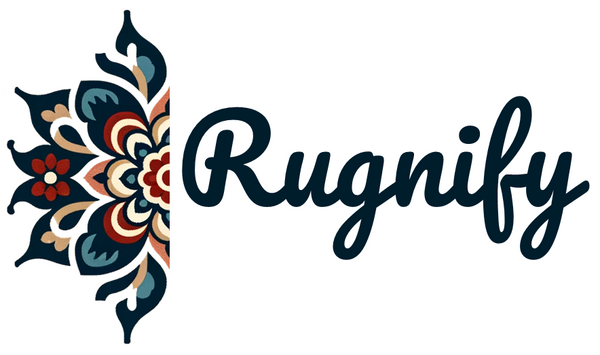Afghan rugs, with their intricate patterns, vibrant colors, and rich history, have graced homes for centuries. But with so many options available, choosing the right one for your space can feel overwhelming. This guide will walk you through the key considerations to ensure your Afghan rug becomes a cherished focal point.
How to Choose the Right Rug:
- Consider the Space: Determine the rug's purpose and placement. Is it for a high-traffic living room or a cozy bedroom? Rugs in high-traffic areas need durability, while bedrooms can accommodate softer, more delicate materials.
- Size Matters: Measure your space and furniture layout. Generally, the rug should be large enough to anchor furniture, leaving 8-12 inches around the edges. For dining areas, ensure chairs can pull out comfortably while remaining on the rug.
- Style & Color: Afghan rugs come in diverse styles, from geometric Ghazni rugs to floral Herati designs. Choose a rug that complements your existing decor, whether it's a bold statement piece or a subtle addition. Consider colors that harmonize or create a desired contrast.
- Material & Quality: Afghan rugs are traditionally hand-knotted from wool, known for its warmth, durability, and natural beauty. Silk adds a luxurious touch but requires more delicate care. Consider synthetic options for affordability and easier cleaning in high-traffic areas.
How to Choose a Rug Size for Space:
- Living Room: Aim for a rug large enough to accommodate the front legs of all furniture, creating a cohesive zone. Standard sizes include 8'x10', 9'x12', or 10'x14'.
- Dining Room: The rug should fit under the table with chairs pulled out, leaving 12-18 inches around the edges. Consider a 6'x9' or 8'x10' rug for most dining sets.
- Bedroom: A rug under the bed can add warmth and define the sleeping area. Choose a size that allows the bed to rest partially or entirely on the rug, like a 5'x8' or 8'x10' option.
Are Afghan Rugs Good Quality?
Yes, Afghan rugs are generally known for their high quality due to:
- Hand-knotted Construction: This traditional technique ensures durability and longevity.
- Natural Materials: Wool, the primary material, offers warmth, resilience, and natural stain resistance.
- Time-honored Skills: Afghan rug-making boasts a rich heritage, passed down through generations, resulting in skilled craftsmanship.
How Can You Tell if a Rug is High Quality?
Look for these indicators:
- Tight Knots: More knots per square inch signify durability and intricate designs.
- Even Weave: The weave should be consistent and free of gaps or irregularities.
- Natural Dyes: Vegetable dyes often indicate higher quality and richer colors, though some synthetic dyes are also used.
- Reputation of Seller: When selecting an Afghan rug, prioritizing the dealer's reputation is crucial. At Rugnify, we stand behind the authenticity and quality of every piece, offering detailed certificates that validate the rug's origin, materials, and craftsmanship. This commitment ensures you receive not only a piece of art but a fragment of Afghan heritage, meticulously crafted and sourced with integrity. Trust in Rugnify's expertise and dedication to authenticity for a genuine, high-quality Afghan rug that brings timeless elegance to your space.
Remember: Afghan rugs are investments, and proper care is crucial. Regularly vacuum, rotate occasionally, and address spills promptly. With the right care, your Afghan rug will be a treasured piece for years to come.
Visit Rugnify to explore our collections and compare prices. Don't hesitate to ask questions and get in touch.
By following these tips, you'll be well on your way to finding the perfect Afghan rug that adds beauty, warmth, and a touch of cultural heritage to your space.


